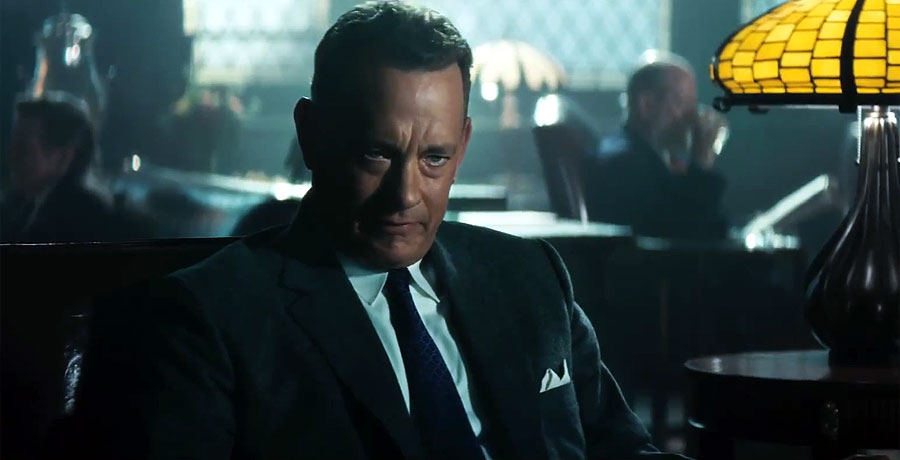
Our Kind of Traitor is a robust globe-trotting thriller, enlivened by a lusty Stellan Skarsgård and played out in a series of stunning set pieces. A meek Everyman (Ewan McGregor) is a tag-along on his high-powered wife’s trip to Cairo. Nursing a drink after a tiff with said wife (the sleek Naomie Harris from 28 Days Later… and a couple of Bond films), he is inveigled into joining a crew of partying Russians and becomes entangled in an intrigue that puts entire families at stake – including his own.
It turns out that our protagonist has been randomly plucked from the humdrum by Dima (Skarsgård), the top money launderer for the Russian Mafia, who is trying to get British intelligence to help his family escape from his murderous colleagues. The story having been adapted from a John le Carré novel, the dour British spy (Damian Lewis from Homeland) on the case is being hindered at every turn by a thoroughly corrupt British law enforcement and intelligence bureaucracy, with the rot reaching up to Cabinet level.
The very best thing about Our Kind of Traitor is Stellan Skarsgård’s performance. Dima is loud, flamboyant and profoundly course. Skarsgård has filled his career with brooding roles, but here he gets to play the life of the party, and he is hilarious – and steals the movie.
Our Kind of Traitor also looks great as it takes us from Russia (shot in Finland) to Cairo (Morocco) to Switzerland to London to Paris. Director Susanna White is a veteran (21 directing credits on IMDb), but Our Kind of Traitor is her first big budget action movie. The success of the film revolves around a series of spectacular set pieces, and White pulls it off masterfully.
Our Kind of Traitor isn’t as good as the best of le Carré’s work (Tinker, Tailor, Soldier, Spy, for instance), but it’s damn entertaining. I saw the final four plot twists coming, but by then I was hooked, so I still enjoyed the film. And, adapting to the post-Cold War world, le Carré may have become even more cynical.
I saw Our Kind of Traitor earlier this year at the 59th San Francisco International Film Festival at a screening with director Susanna White. If you’re looking for an intelligent summer thriller for adults, this is your movie. Our Kind of Traitor is available to rent on DVD from Netflix (and coming soon to Redbox) and to stream from Amazon Instant, Vudu, YouTube and Google Play.


